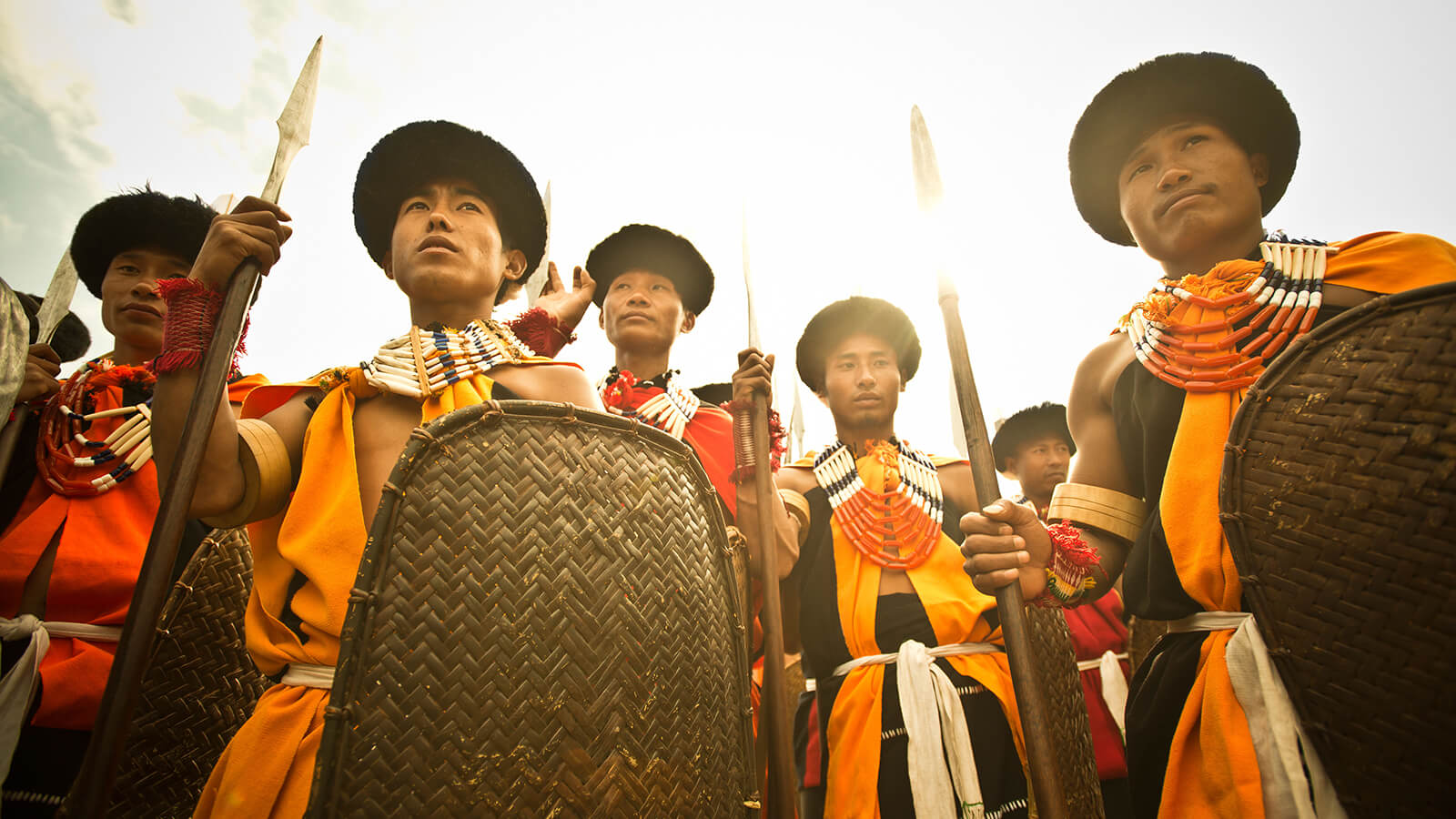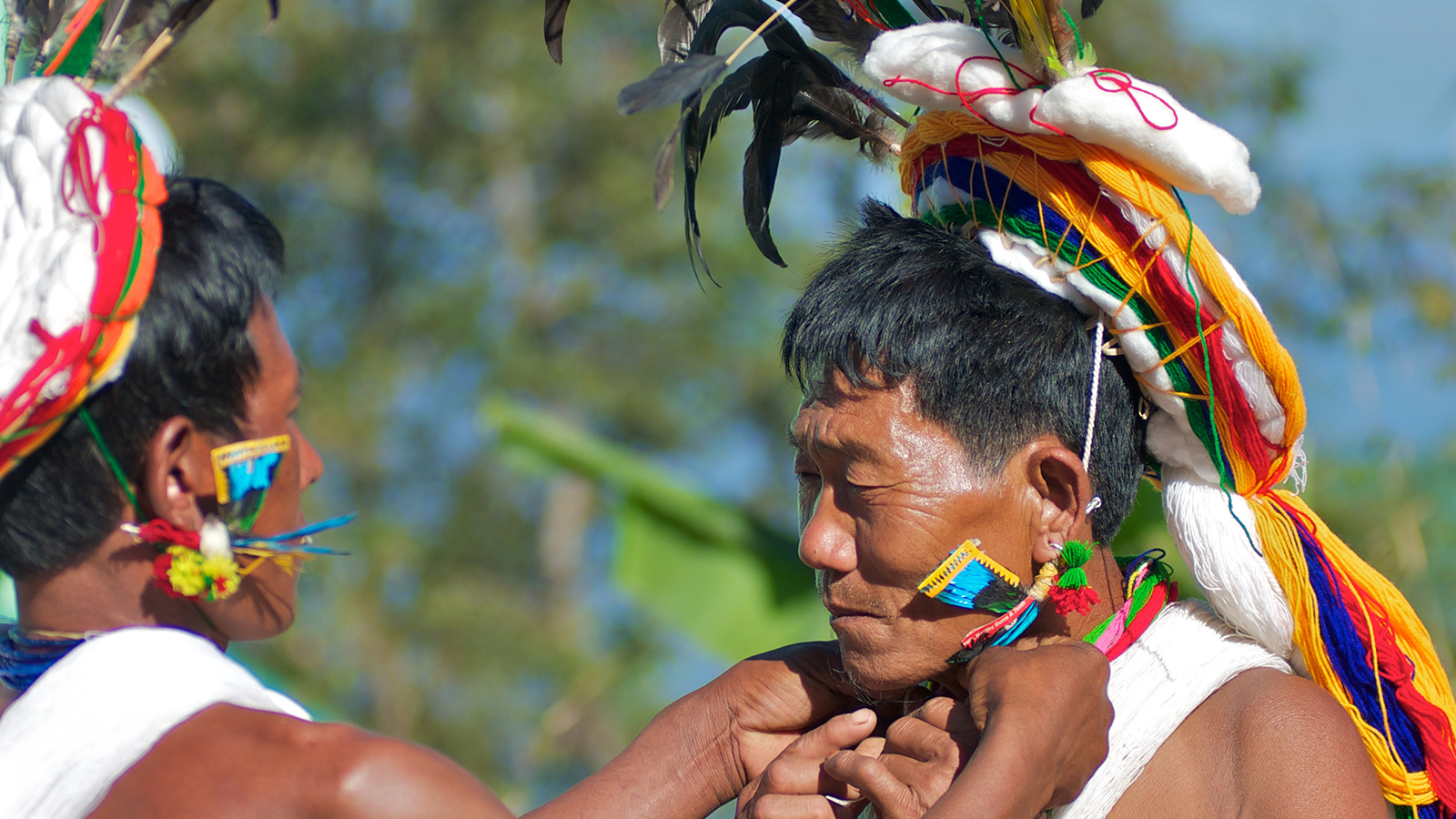Nagaland, a vibrant state in India’s northeast, is a land steeped in culture, tradition, and natural beauty. Among its many cultural highlights, the Hornbill Festival stands out as the most significant and widely celebrated event. Often referred to as the "Festival of Festivals," the Hornbill Festival is a week-long cultural extravaganza that showcases the rich heritage of the Naga tribes. Held annually in December in the capital city of Kohima, this festival draws visitors from all over the world, eager to experience the unique blend of traditional and contemporary Naga culture. Here’s a complete guide to the Hornbill Festival, offering insights into what to expect, how to get there, and tips for making the most of your visit.
History and Significance of the Hornbill Festival
The Hornbill Festival was first organized by the Government of Nagaland in 2000 to encourage inter-tribal interaction and to promote the cultural heritage of the Naga people. Named after the Great Indian Hornbill, a bird that is deeply revered in Naga folklore, the festival brings together all the tribes of Nagaland, offering them a platform to showcase their unique customs, music, dance, and crafts.
The festival not only serves as a celebration of Naga culture but also plays a crucial role in preserving and promoting the rich traditions of the region. It has grown into one of the most important cultural events in Northeast India, attracting both domestic and international tourists.
Dates and Venue
The Hornbill Festival is held every year from December 1st to December 10th. The main venue for the festival is the Kisama Heritage Village, located about 12 kilometers from Kohima. The village is a carefully recreated model of a traditional Naga village, designed to give visitors an authentic experience of Naga life and culture.

What to Expect at the Hornbill Festival
The Hornbill Festival is a vibrant celebration that offers a diverse array of activities and performances. Here’s what you can expect:
Traditional Naga Dances and Music
One of the festival's highlights is the traditional dance performances by various Naga tribes. Each tribe has its unique dance forms, often accompanied by folk songs, drums, and bamboo instruments. These performances offer a glimpse into the rich cultural diversity of Nagaland.
Morungs: Tribal Huts and Cultural Exhibits
The festival features traditional Naga morungs (tribal huts) from each of Nagaland’s 16 tribes. These huts are intricately designed and decorated, offering visitors a chance to learn about the architecture, artifacts, and customs of each tribe. Inside the morungs, you can engage with the tribespeople, who are often dressed in traditional attire, and gain deeper insights into their way of life.
Indigenous Games and Sports
The festival includes a range of traditional Naga sports and games, such as archery, wrestling, and indigenous martial arts. One of the most popular events is Naga wrestling, a traditional form of wrestling known for its strength and technique. These games are not only entertaining but also provide a window into the physical prowess and warrior spirit of the Naga people.
Art and Craft Exhibitions
The Hornbill Festival is also a showcase for Naga artisans and craftsmen. You’ll find a wide variety of handicrafts, handlooms, and artworks on display and for sale. These include traditional Naga shawls, bamboo crafts, wood carvings, jewelry, and more. The festival is a great opportunity to purchase authentic Naga souvenirs and support local artisans.
Culinary Delights: Traditional Naga Food
Food is an integral part of the Hornbill Festival, and you’ll have the chance to taste a wide array of traditional Naga dishes. From smoked pork and bamboo shoot curries to spicy chutneys and fermented soybeans, the festival offers a culinary journey through Nagaland’s diverse cuisine. Don’t miss the opportunity to try Naga rice beer, a traditional brew enjoyed by locals.
Hornbill International Rock Contest
Adding a contemporary twist to the traditional festivities, the Hornbill International Rock Contest is a major attraction for music lovers. Bands from across India and beyond compete in this high-energy event, which has become one of the biggest music competitions in the country. The contest draws large crowds and adds a youthful, modern vibe to the festival.
Cultural Parades and Night Bazaar
Throughout the festival, you’ll witness colorful cultural parades featuring participants from different tribes in their traditional attire. The night bazaar, another popular attraction, comes alive with food stalls, craft vendors, and live music, offering a festive atmosphere that continues well into the evening.

How to Get There
By Air: The nearest airport to Kohima is Dimapur Airport, located about 74 kilometers away. Dimapur has direct flights from major Indian cities like Delhi, Kolkata and Guwahati.
By Train: Dimapur Railway Station is the closest railhead to Kohima, connected to cities like Guwahati and Kolkata. From Dimapur, you can take a shared taxi or bus to Kohima.
By Road: Kohima is well-connected by road to neighboring states. National Highway 29 links Kohima with Dimapur, making it accessible by car or bus from various parts of Nagaland and Assam.
Where to Stay
Kohima and its surrounding areas offer a range of accommodation options, from budget guesthouses to mid-range hotels and luxury resorts. During the festival, it’s advisable to book your accommodation well in advance, as hotels tend to fill up quickly. For a more immersive experience, consider staying in one of the traditional Naga homestays or eco-resorts located near Kisama Heritage Village.
Tips for Visiting the Hornbill Festival
Book Early: The Hornbill Festival is a popular event, so plan your trip well in advance, especially if you’re visiting from outside Nagaland. This includes booking your flights, accommodation, and any necessary permits. It is advisable to contact a tour agency to arrange everything as Nagaland is not for beginners and things get booked very fast during the festival. We are Greener Pastures organise customised trips to the Hornbill Festival where travellers get a hassle free experience of exploring Nagaland with experts and get to cherish a memorable travel.
Respect Local Customs: While enjoying the festival, remember to respect the local customs and traditions. Ask for permission before taking photographs of people, especially in traditional attire.
Stay Warm: December in Nagaland can be quite cold, especially in the evenings, so pack warm clothing to stay comfortable.
Explore Beyond the Festival: While the Hornbill Festival is a major attraction, take some time to explore other parts of Nagaland. Nearby attractions include the Dzukou Valley, Khonoma Green Village, and the historic WWII sites in Kohima.
Conclusion
The Hornbill Festival is not just a celebration; it’s an invitation to experience the soul of Nagaland. From the vibrant cultural performances to the delicious traditional food and the warmth of the Naga people, the festival offers a deep and enriching experience that stays with you long after you leave. Whether you’re a culture enthusiast, a foodie, or an adventure seeker, the Hornbill Festival has something for everyone. So, mark your calendar, pack your bags, and get ready to be a part of Nagaland’s most spectacular celebration!

